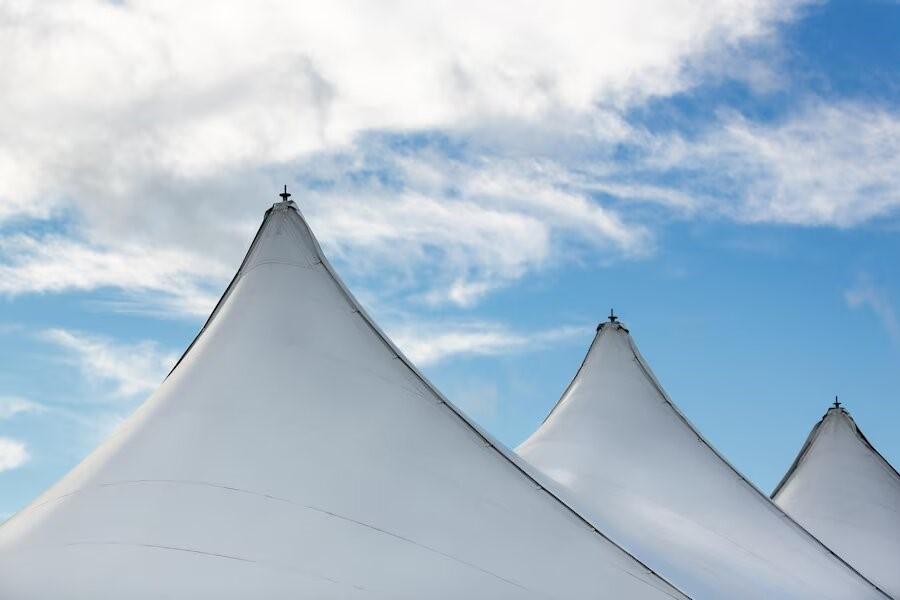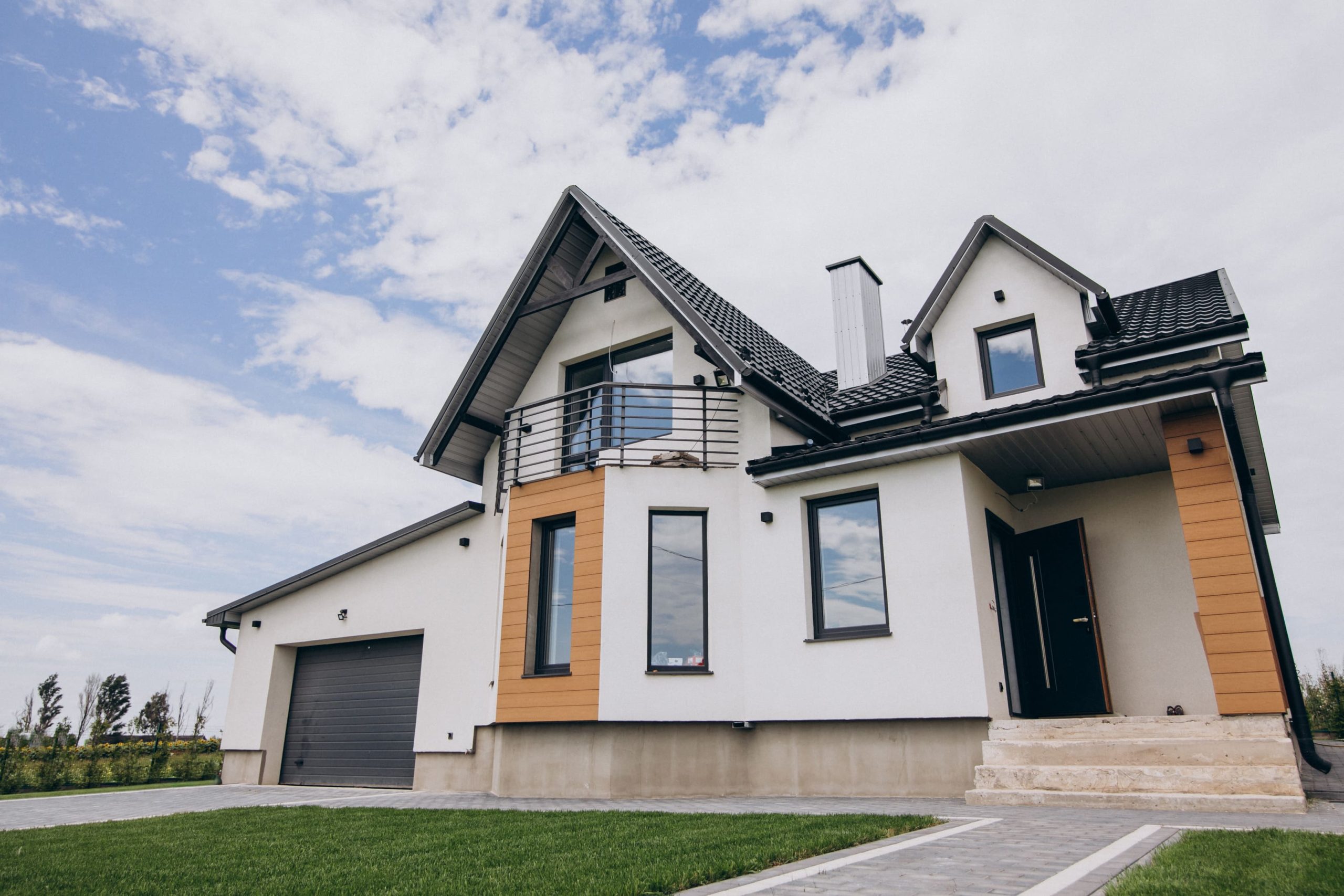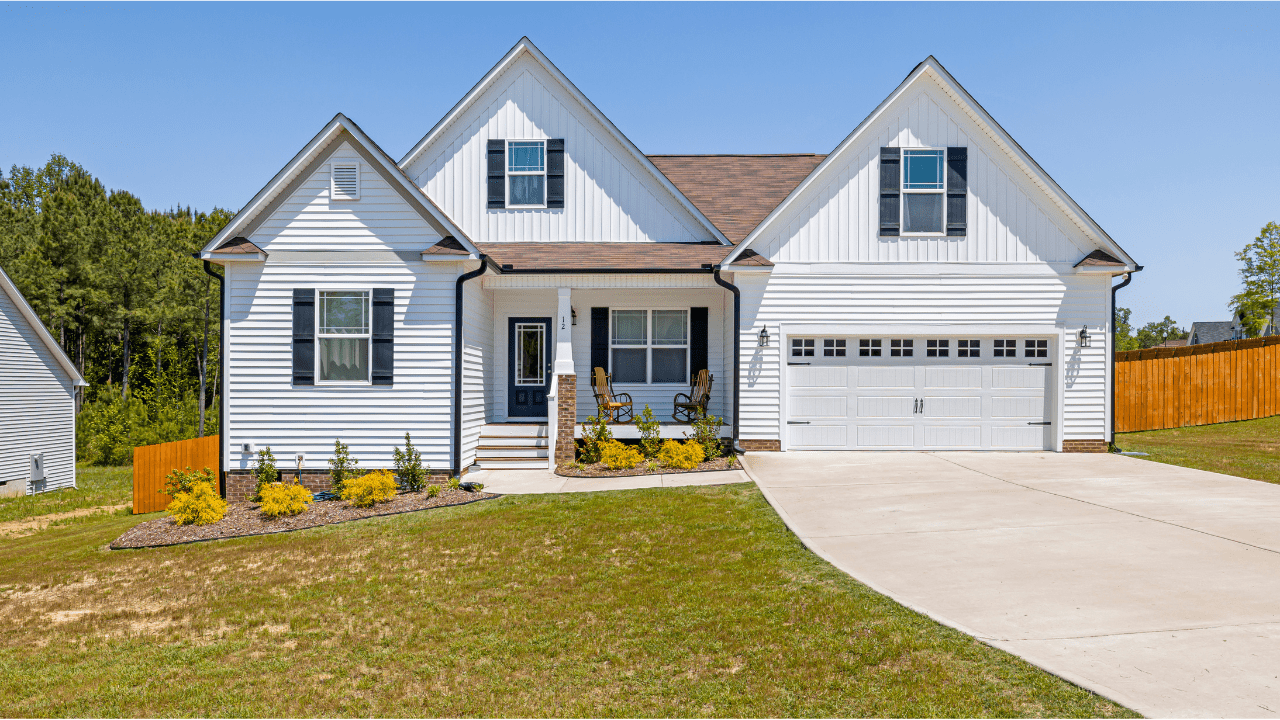Malleable designs, eminent for their tasteful allure and underlying creativity, depend on a heap of materials that add to their strength and life span. These engineering wonders, portrayed by their capacity to extend and appropriate loads proficiently, have tracked down applications in different areas, from notorious arena rooftops to contemporary structures. To thoroughly see the value in the complexities of these designs, one should dig into the different materials utilized in their development.
A short overview of polymer material
At the core of pliable designs lies an essential guideline: using strain to keep up with primary honesty. To accomplish this, a reliable tensile structure manufacturer selects materials that succeed in opposing extending powers. One essential class of materials is polymers, which incorporate high-strength manufactured strands like polyethylene and polypropylene. These polymers, known for their exceptional elasticity, are fundamental parts in the making of pliable designs. Their capacity to endure tremendous powers while keeping up with their underlying honesty guarantees the life span of these compositional marvels.
The significance of steel
Notwithstanding polymers, steel is one more material that assumes a critical part in the development of elastic designs. Steel links, ropes, and casings are frequently utilized to offer critical primary help. The high elasticity of steel, combined with its protection from erosion, renders it an optimal decision for enduring the difficulties caused by ecological factors such as breeze and dampness. The wise blend of steel with polymers upgrades the sturdiness and life expectancy of pliable designs, making them impervious to mechanical pressure and regular components.
The criticality fiberglass
Fiberglass is one more material as often as possible integrated into elastic designs. Its extraordinary mix of solidarity, adaptability, and softness makes it an appealing choice for planners trying to make strong and outwardly striking structures. Fiberglass boards can be clear, permitting regular light to channel through, improving the construction’s style and usefulness. This double reason highlight adds to the life span of elastic designs by decreasing the requirement for counterfeit lighting during sunshine hours.
Using textures in pliable designs is a tricky combination of style and usefulness. Pliable layers, frequently produced using materials, for example, PVC-covered polyester or PTFE-coveredfibere glass, give an outwardly dazzling surface while offering security from the components. These films, when appropriately tensioned, make a rigid surface that can endure extensive powers, guaranteeing the solidness of the design. Also, the clarity of some layer materials considers the dispersion of normal light, further decreasing energy utilization and expanding the design’s life expectancy.
Focusing on attributes
To support the life span of ductile designs, draftsmen and architects should likewise consider the properties of materials corresponding to natural circumstances. For instance, in seaside regions inclined to saltwater erosion, materials with high protection from rust, like tempered steel, become basic. Via cautiously choosing materials that can persevere through the particular difficulties of their current circumstance, architects can guarantee that tractable designs keep up with their underlying honesty and tasteful allure over the long haul.
Amalgams
One frequently ignored viewpoint adding to the strength of pliable designs is the selection of clasp and connectors. Utilizing materials like titanium or other consumption-safe amalgams in these parts can broaden the existence of the construction. These materials forestall galvanic erosion, which can happen when unique metals come into contact, subsequently protecting the underlying respectability of the whole framework.
Practical benefits
Besides, malleable designs benefit from the creative utilization of composite materials. Composites, which comprise at least two materials joined to accomplish upgraded properties, have been progressively integrated into the building plan. For example, carbon fiber built-up composites offer astounding solidarity to weight proportions, making them ideal for pressure-bearing components. Utilizing such composites permits engineers to make more extensive and mind-boggling malleable designs without undermining their solidness.
Robustness
Advancements in material science have additionally prompted the improvement of self-mending materials, which can alter the solidness of tractable designs. These materials can fix minor harms independently, accordingly delaying the existence of the construction by diminishing upkeep prerequisites. Self-recuperating polymers, for instance, can patch little breaks and cracks when presented with ecological circumstances, guaranteeing the primary trustworthiness of the malleable framework.




